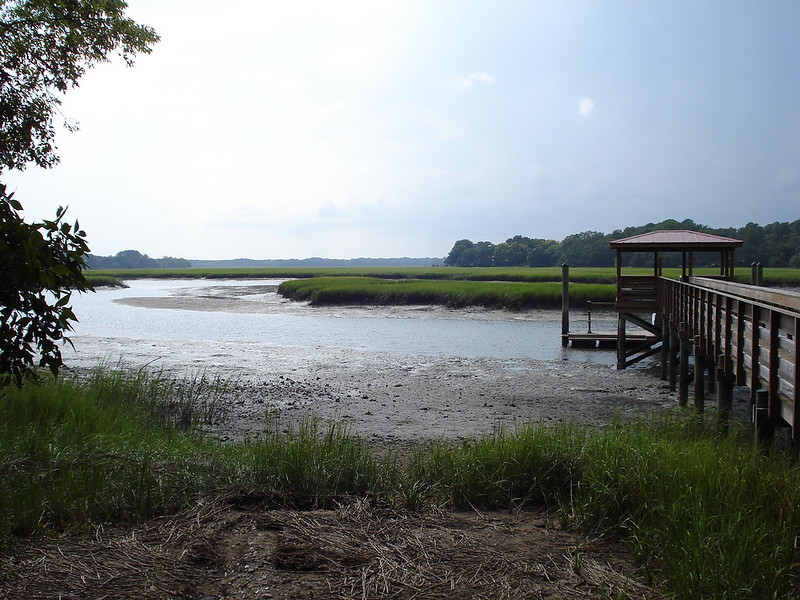Excerpt:
The Gullah Geechee people are among the most climate threatened in the world. By rebuilding oyster reefs and limiting coastal development, they hope to preserve homes and heritage.
Latitude, topography, and proximity to the Atlantic Ocean make the stretch of coastline from Jacksonville, North Carolina, to Jacksonville, Florida—called the Gullah Geechee Cultural Heritage Corridor— particularly vulnerable to the impacts of climate change, such as sea level rise, storm frequency and intensity, higher temperatures, and a warmer, more acidic ocean.
“In the course of a single generation we’ve seen unprecedented disruption and unimaginable change,” says Kevin Mills, president and chief executive officer of the South Carolina Aquarium, a coastal research, education, and conservation museum. “What we used to politely call nuisance flooding is now a recurrent threat to commerce, transportation, and public health, and storm surge threatens historic neighborhoods.”
That realization has sparked collaboration among scientists, environmental groups, government agencies, NGOs, and community members like Wilder to look for ways to shore up and protect the coastline. Efforts are underway to repopulate oyster reefs, which dissipate wave strength and prevent erosion, and to preserve the salt marsh for its ability to help mitigate climate change by storing carbon, absorbing tremendous amounts of rainwater, and maintaining the coastline through soil storage.
Pulitzer Center Publication contains additional photographs :









